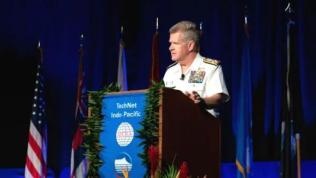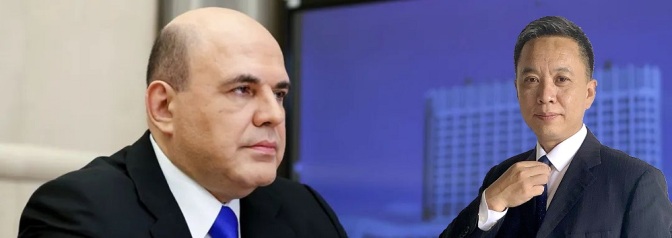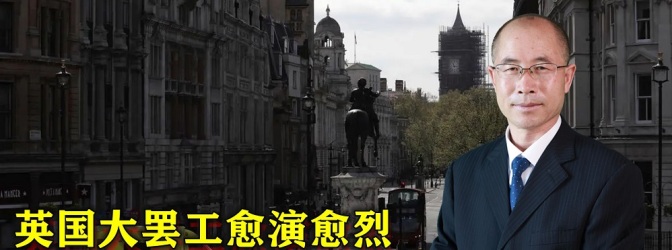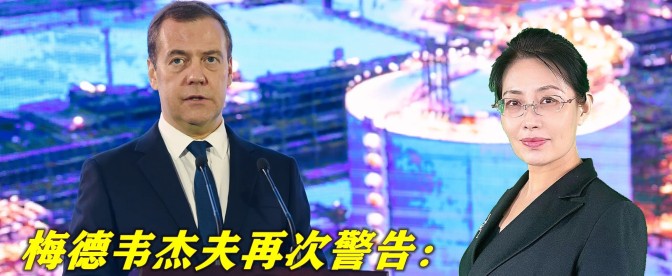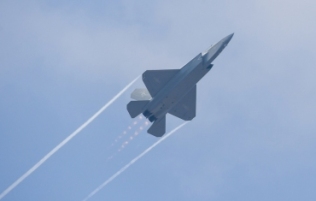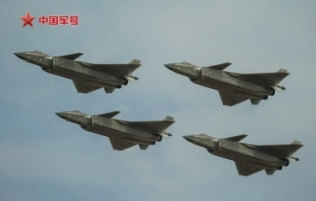北约和俄罗斯如何避免核大战?有这“三步”可走(5)
As a second step, Nato could pledge to halt any further expansion in exchange for a Russian promise not to use nuclear weapons first. Moscow might find this proposal worth considering since its stated primary concern has been Nato’s eastward expansion.
The alliance – which could grow to 32 members if Finland and Sweden join – is already a juggernaut. All military alliances are like leeches that live on “threats”. However, if Nato has to expand because of the threat from a single nation, that says more about its incompetence than its strength.
Nato could easily argue it is not that it wants to expand but that countries fearful of Russia want to join. There is some truth to that, but it is still not justifiable. The more popular Nato becomes, the more insecure Europe will be.
Take Finland’s application for Nato membership, for example. Finnish President Sauli Niinisto told Putin how Russia’s invasion of Ukraine had altered the security environment for Finland, but the security environment is not security itself.
Does Finland have to break with eight decades of neutrality that has created a stable and pragmatic relationship between Moscow and Helsinki? This move would more than double the length of the alliance’s border with Russia and risk adding to Moscow’s feelings of insecurity.
The third step is to negotiate new security arrangements in Europe, including but not limited to a security guarantee for Ukraine. This might include a pledge not to deploy nuclear weapons in Russia’s periphery, which Moscow sees as its sphere of influence, but the key is to negotiate a new conventional armed forces treaty.
The Conventional Armed Forces in Europe Treaty, signed in 1990, eliminated the Soviet Union’s quantitative advantage in conventional weapons in Europe. It set equal limits on the number of tanks, armoured combat vehicles, heavy artillery, combat aircraft and attack helicopters that Nato and the Warsaw Pact could deploy between the Atlantic Ocean and the Ural Mountains.
